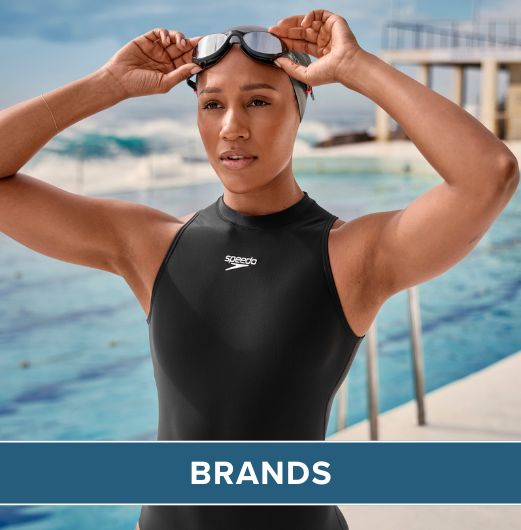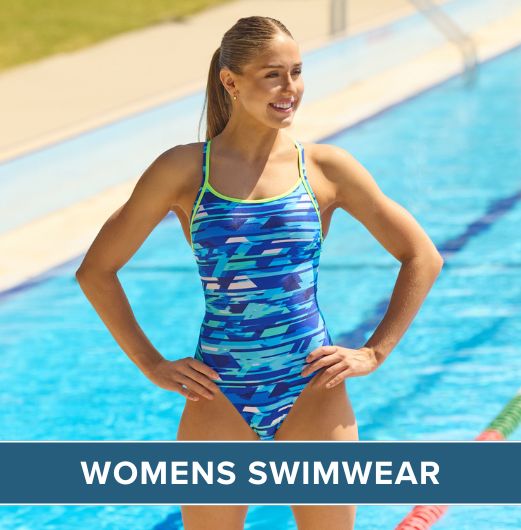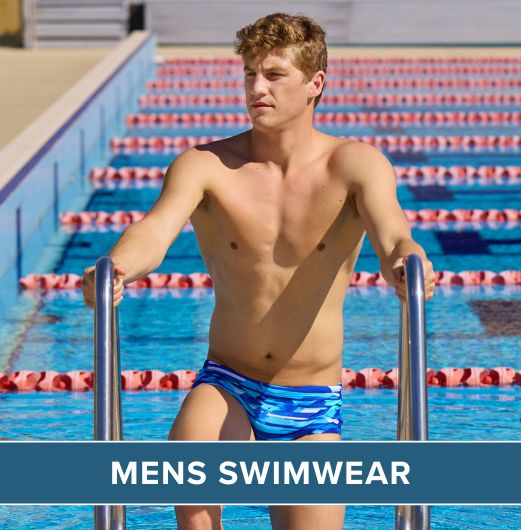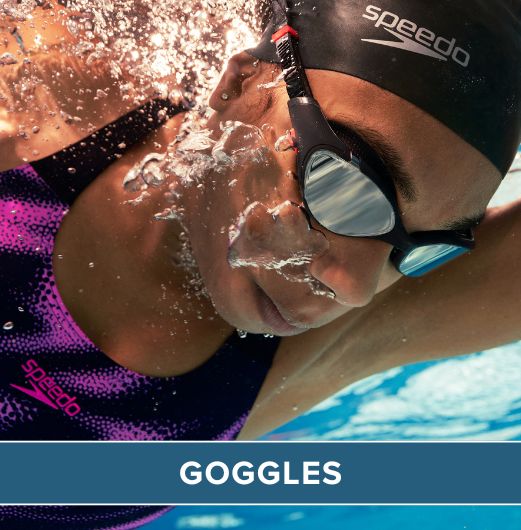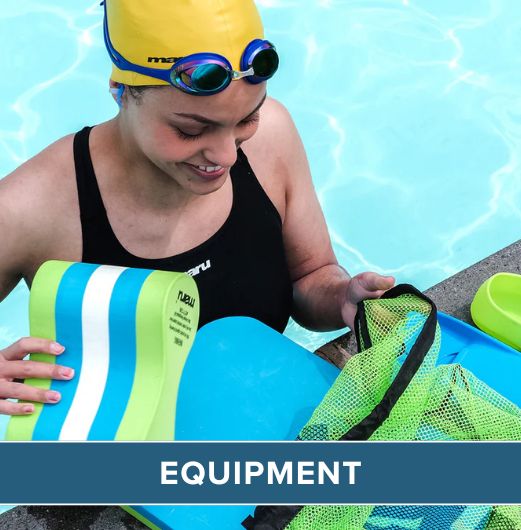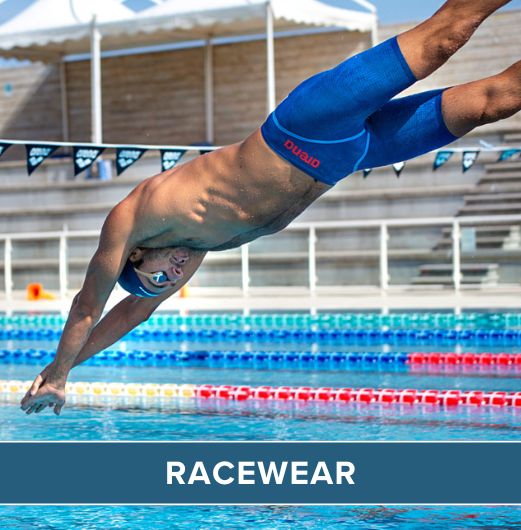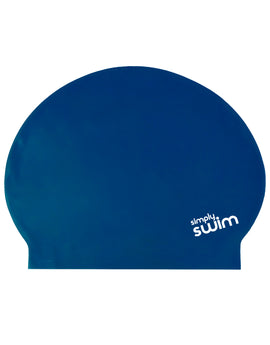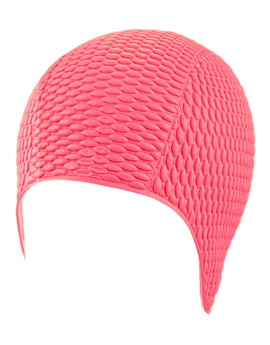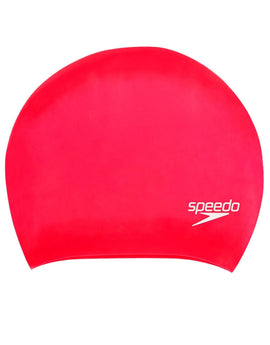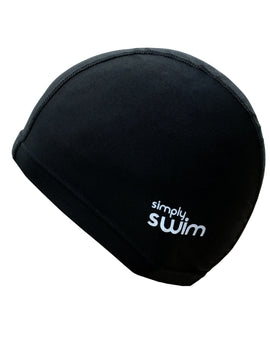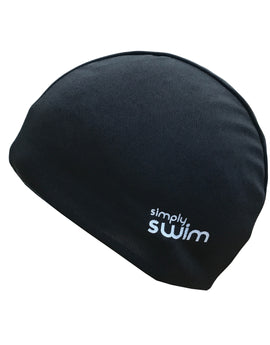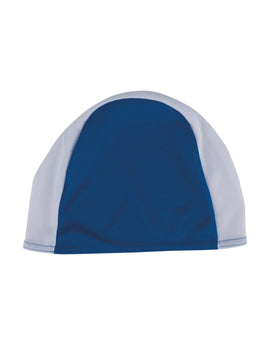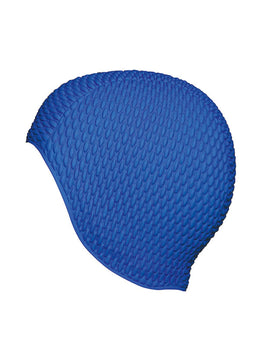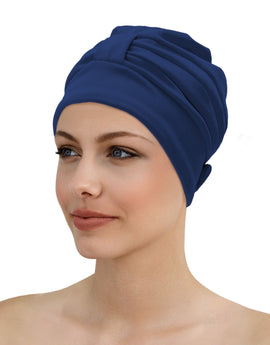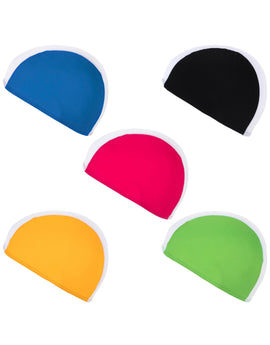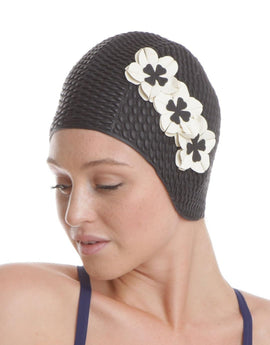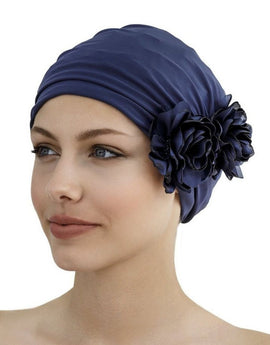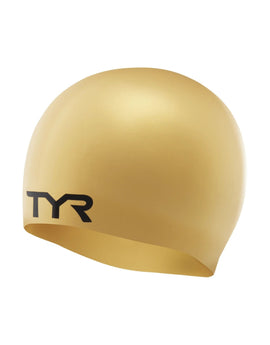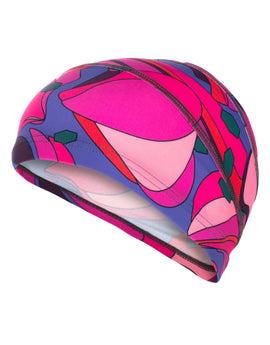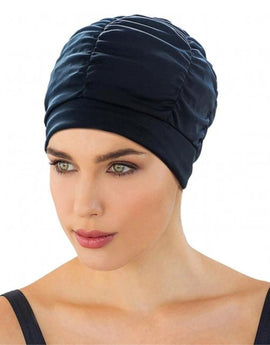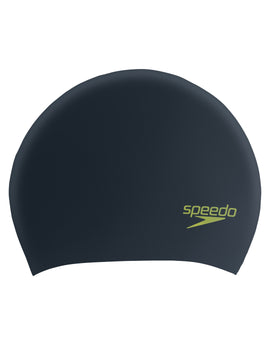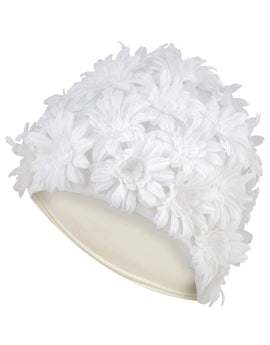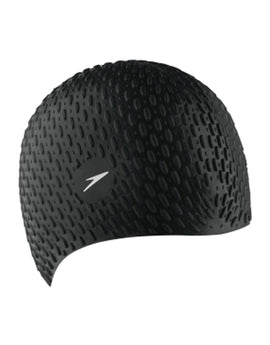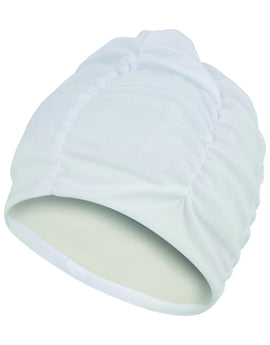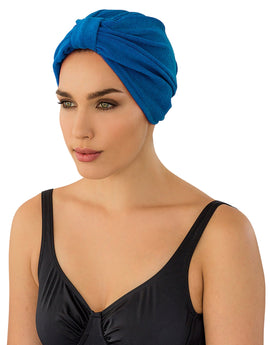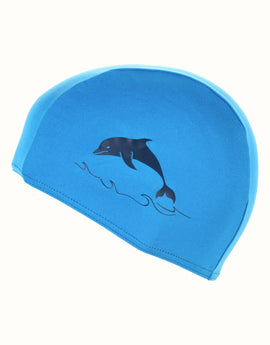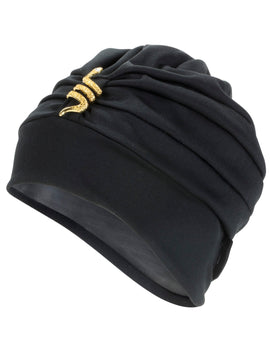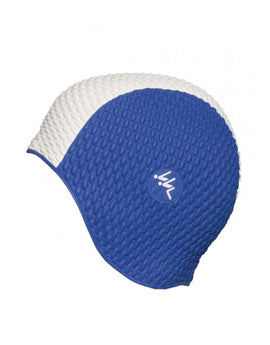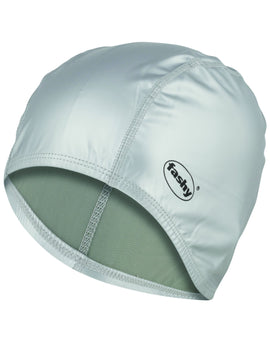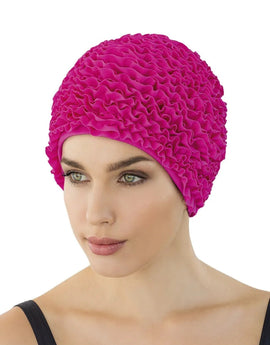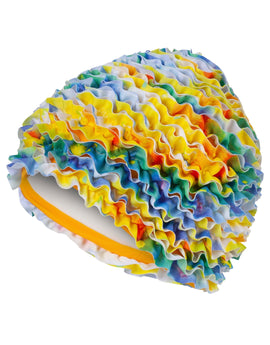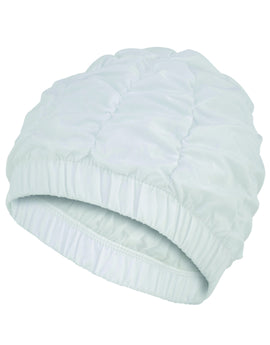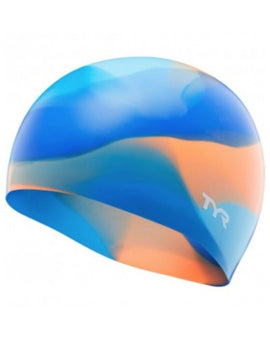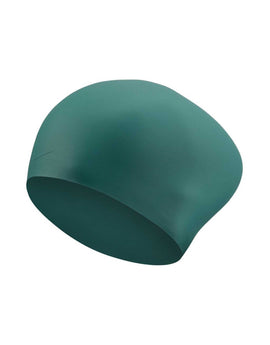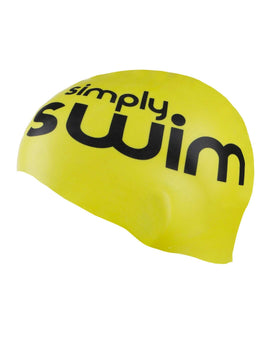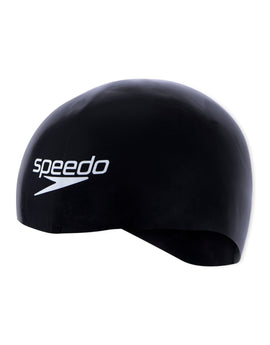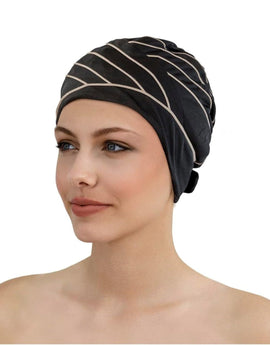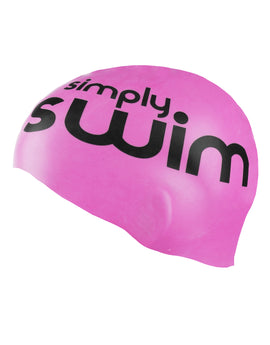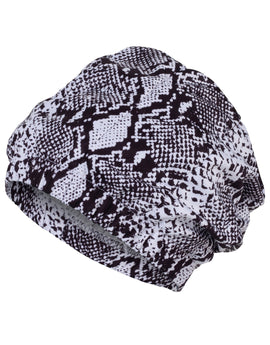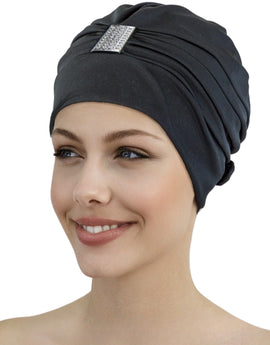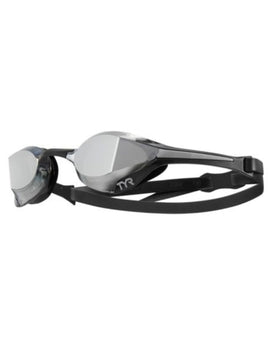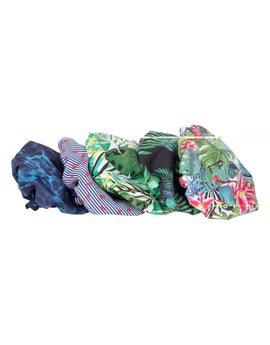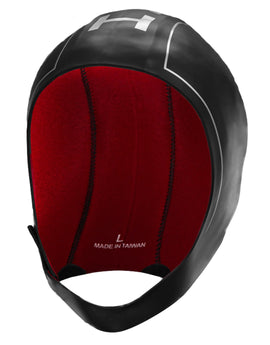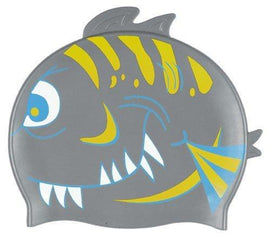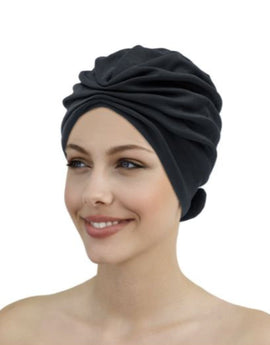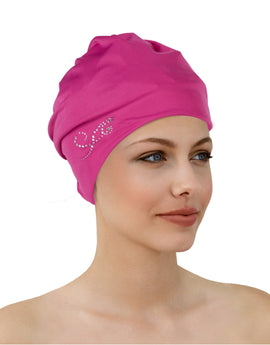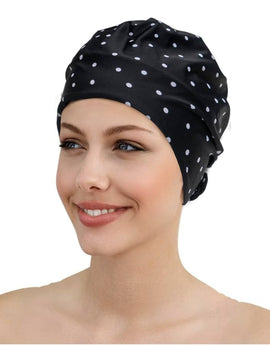Swimming Caps
Swimming caps are not just made for competitive swimmers but are highly beneficial for all sorts of pool users. If you want to keep your hair drier than it would be otherwise, perhaps because you are trying to get a few lengths in during your lunch break, they can be very helpful.
Swim caps are also highly desirable if you are interested in open swimming, perhaps in a lake or the sea because they help to retain your head's warmth and keep you ear tucked in. Ears tend to get cold rapidly when swimming outdoors, even if your body is working hard in the water and the rest of your body feels fine.
Club swimmers tend to use swimming caps because they lessen hydrodynamic drag whilst in the water. Put another way, they make your swimming more efficient and faster as a result. They do this by forming a smooth surface for the water to flow around as the head is propelled forwards by the swimmer's arm and leg strokes. Swim caps allow swimmers to move with grater fluidity through the pool than they could if their hair was exposed, creating drag. This also improves mobility when swimming and can help with rapid changes of direction as well as turns at the end of each length.
Swimming caps tend to be made of latex or other synthetic rubber materials. You can also find ones that are manufactured from silicone as well as neoprene. Regardless of the material, you should always put them on the same way, to ensure wrinkles are minimised since these create the unwanted drag that hair also does. Hold the swim cap open with both hands with your fingers positioned on the inner side of the material and your thumbs on the outside. Begin by placing the inner material against your brow and then pull the cap over your forehead and hairline. Continue until you are able to pull the swim cap down towards the nape of the neck before releasing. Remember to cut your nails before putting on a swimming cap because it is possible to tear them on a jagged edge.
Close Free Tracked UK Delivery
Free Tracked UK Delivery Hassle Free Returns
Hassle Free Returns Next Working Day OPTION
Next Working Day OPTION Found It Cheaper?
Found It Cheaper?



